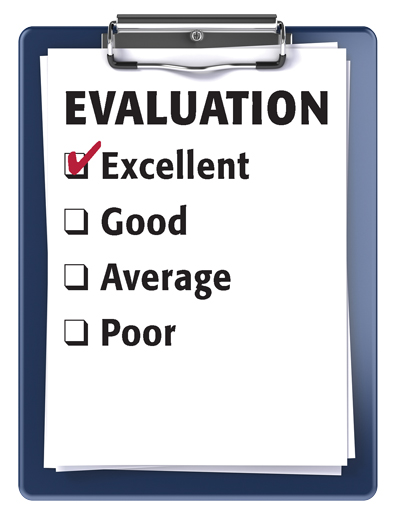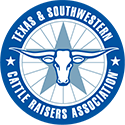Key Performance Indicator #10: Debt per Breeding Female
We are now in the final quarter of 2017 and the holiday season is right around the corner, along with a new year. How does your ranch’s balance sheet look at this point? Do you know? Whether you do or not, it’s time to review and start making plans for next year.
To assist with the planning, Stan Bevers, a long-time economist with Texas A&M AgriLife Extension Service and popular speaker at Cattle Raisers Conventions, has identified 13 of what he calls Key Performance Indicators (KPI) for Beef Cow-calf Operations. These KPIs will work for any size operation.
Ranching is a business and like any other business, the point is to make money. The challenge is always to reduce costs while improving the quality of the product.
Operating under the premise that you cannot manage what you don’t measure, Bevers suggests running your operation, no matter its size, on the same basic principles as a Fortune 500 company. While this may sound like a daunting undertaking, using the indicators will help you break it down into manageable action bites.
This month, we look at debt per breeding female, a number that should be less than $500 per breeding female. Bevers says that “Given the low rate of return on assets, most ranches cannot pay for much debt. To illustrate, [let’s say] a target Rate of Return on Assets KPI is greater than 1.5 percent.
“With interest rates greater than 4.0 percent, it is impractical to purchase assets that will only return 1.5 percent when that interest is costing the ranch 4.0 percent, although this example does not account for those cases where the asset improves the ranch efficiency enough to overcome the interest cost.
“This KPI can vary with some herds able to handle more debt than others. To calculate the KPI, divide the total debt of the ranch from the balance sheet by the beginning fiscal year inventory of breeding females. In general, successful ranch managers keep the debt per breeding female under $500 each.”
Bevers operates RanchKPI, a ranch management consulting business, specializing in building ranch management information systems that allow for ranch accounting, analysis and finding efficiencies measured as Key Performance Indicators.
To find more information about KPIs, what it takes to be a successful rancher, or to schedule a consultation, visit ranchkpi.com. ❚

“Total Investment” is excerpted from the September 2017 issue of The Cattleman magazine.
